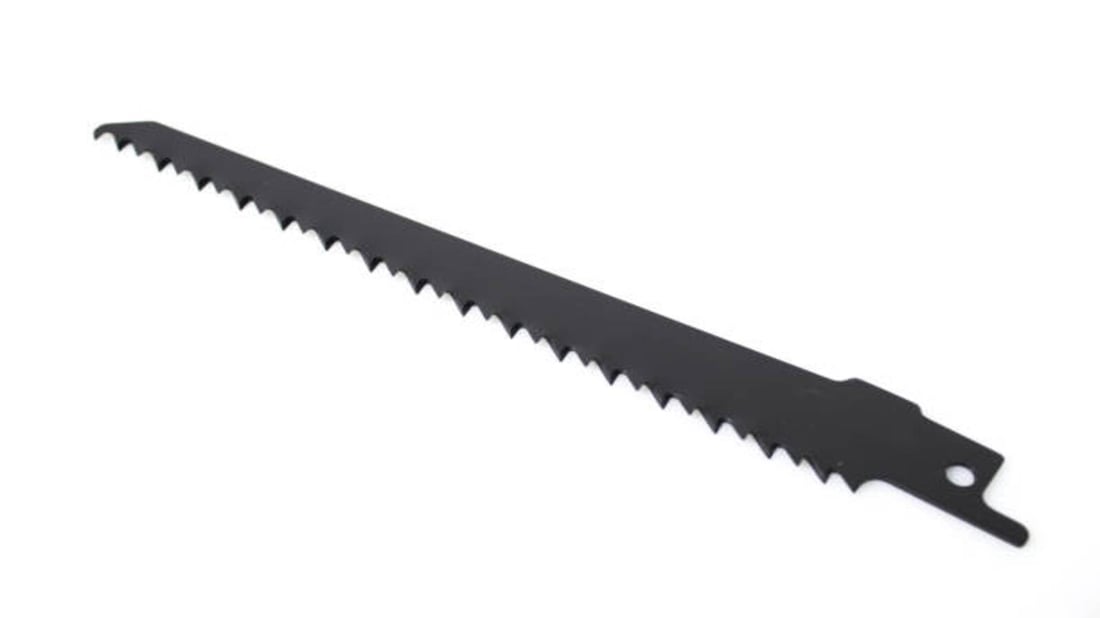When it comes to cutting through tough materials like brick, stone, or concrete, using the right blade is crucial. A masonry reciprocating saw blade is specifically designed for these tasks, with its carbide grit or carbide tipped teeth that can handle the abrasive nature of masonry materials.
Understanding the Cutting Process
Masonry reciprocating saw blades operate in a back-and-forth motion, making them ideal for demolition work or cutting through thick materials. The cutting process involves the teeth of the blade grinding through the masonry material, creating a smooth and precise cut.
Proper Handling and Safety Measures
Before using a masonry reciprocating saw blade, it is important to wear proper safety gear such as goggles, gloves, and a dust mask to protect yourself from flying debris. Additionally, always ensure that the saw is securely anchored and that you have a stable grip on the tool.
Optimizing Blade Performance
To ensure optimal performance from your masonry reciprocating saw blade, it is recommended to use a slow and steady cutting motion. Avoid putting too much pressure on the blade, as this can cause overheating and premature wear. For best results, let the blade do the work and guide it along the cutting line.
Maintenance Tips for Extended Blade Life
To prolong the life of your masonry reciprocating saw blade, it is important to clean it regularly and remove any built-up debris. You can also extend the blade's lifespan by using cutting lubricants to reduce friction and heat generation during use.
Benefits of Using a Masonry Reciprocating Saw Blade
One of the main advantages of using a masonry reciprocating saw blade is its versatility. These blades can be used for a wide range of cutting tasks, from shaping bricks to cutting through concrete blocks. They are also durable and long-lasting, making them a cost-effective choice for both DIY enthusiasts and professionals.
Common Mistakes to Avoid
One common mistake when using a masonry reciprocating saw blade is forcing the blade through the material too quickly. This can lead to blade dulling or breakage, as well as inaccurate cuts. It is important to take your time and let the blade work at its own pace for the best results.
Choosing the Right Blade Size and Teeth Per Inch (TPI)
When selecting a masonry reciprocating saw blade, consider the size of the material you will be cutting and the TPI of the blade. A higher TPI blade will provide a smoother cut, while a lower TPI blade is better for faster, rough cuts. Choose the blade size and TPI that best suits your cutting needs.
Alternative Uses for Masonry Reciprocating Saw Blades
In addition to cutting through masonry materials, these blades can also be used for cutting metal, plastic, and wood. With the right blade choice and cutting technique, a masonry reciprocating saw blade can tackle a variety of materials, making it a versatile tool to have in your arsenal.
Final Thoughts on Masonry Reciprocating Saw Blades
Overall, a masonry reciprocating saw blade is a valuable tool for any DIYer or professional looking to make precise cuts in tough materials. By following the tips mentioned above and using the blade correctly, you can achieve clean and accurate cuts with ease.
Quote Inquiry
Contact us


